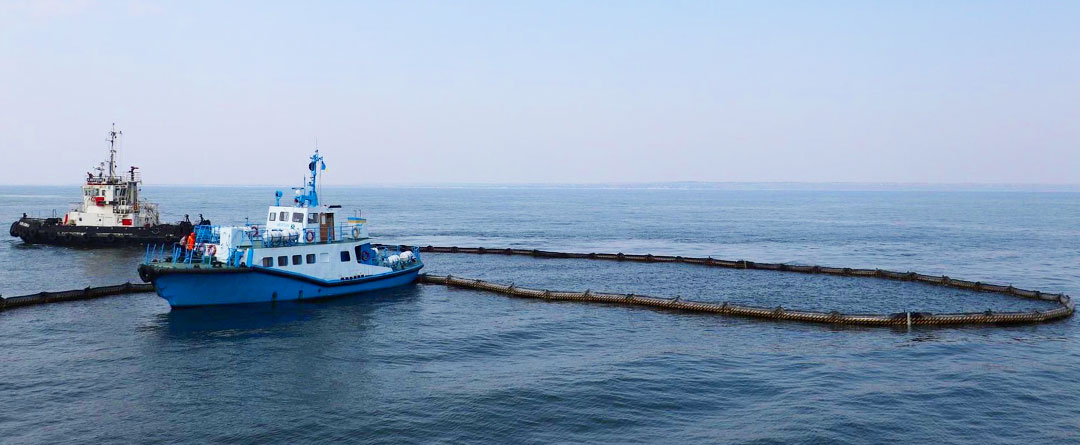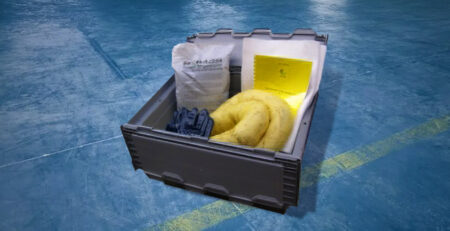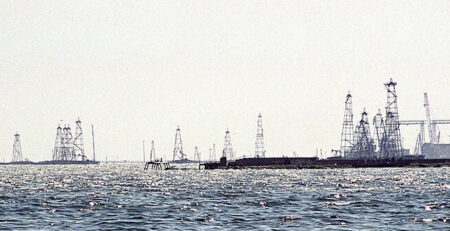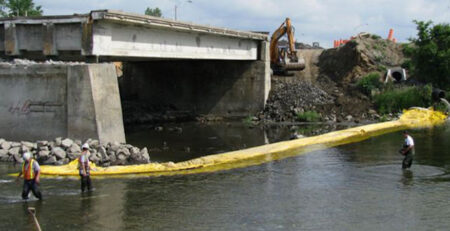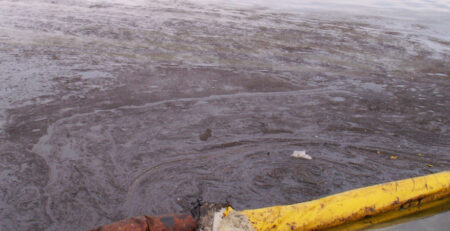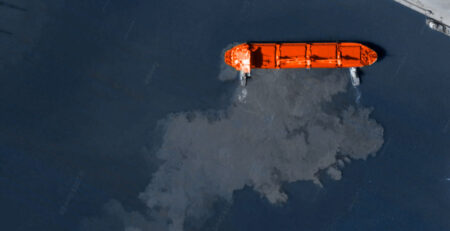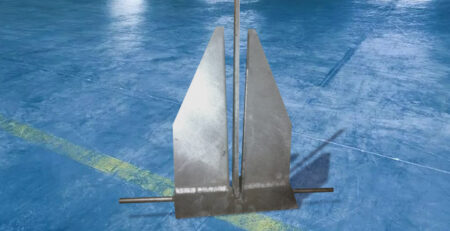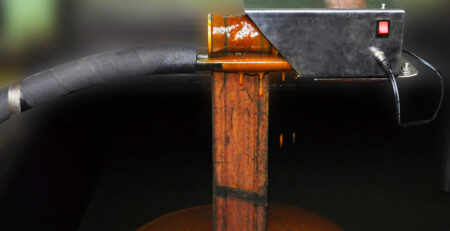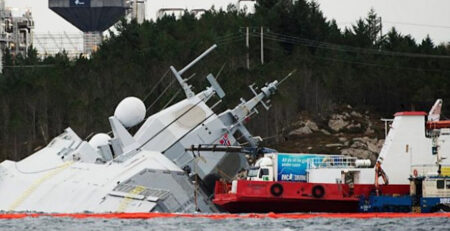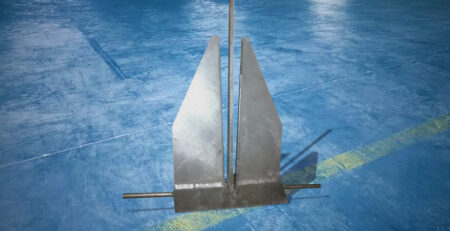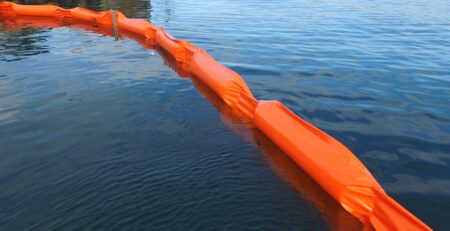The Indispensable Role of a Marine Floating Boom
Our marine ecosystems are increasingly fragile, constantly facing the ever-present threat of pollution, particularly from accidental spills. There is an urgent global need for proactive environmental protection measures across our oceans, rivers, and coastal areas. In this context, the Marine Floating Boom emerges as a critical, versatile, and immediate first line of defense against marine pollution incidents. This guide will explore the fundamental nature, diverse applications, and various types of these essential tools. We will delve into their crucial role in oil spill containment, rapid emergency response, and comprehensive pollution control across a spectrum of marine environments, from bustling ports to expansive offshore platforms.
A Marine Floating Boom is a specialized floating barrier engineered to create a physical demarcation on the water surface. Its primary design is to either contain or divert pollutants. These booms work by creating a barrier that floats on the water, preventing the lateral spread of substances like oil, debris, and other floating pollutants. This action effectively protects sensitive areas or aids in recovery operations. Each boom typically comprises three main components: a freeboard (the part above water), a flotation device that keeps it buoyant, and a skirt (the part below water). These elements work in conjunction to create an effective spill containment and pollution control barrier.
Why Marine Floating Booms are Essential for Oil Spill Containment and Emergency Response
The devastating impact of oil spills and marine pollution cannot be overstated. They cause severe ecological, economic, and social consequences, including extensive damage to wildlife, vital habitats, fishing industries, and tourism. This is why Marine Floating Booms are crucial for rapid containment. Their immediate deployment can drastically limit the spread of spills, preventing minor incidents from escalating into major environmental disasters and minimizing overall environmental damage. These booms serve as a critical emergency spill boom for rapid deployment during crises. They are swiftly deployed in critical situations, such as tanker accidents, platform leaks, or near vulnerable coastal areas, ports, and sensitive ecosystems, to limit pollutant spread and facilitate recovery efforts during an emergency response.
Versatile Applications: Beyond Oil Spills for Comprehensive Pollution Control
The utility of Marine Floating Booms extends far beyond petroleum products, highlighting their adaptability for a broader range of environmental challenges. They are effectively used to contain general debris and aquatic vegetation. This includes collecting floating trash, plastics, sargassum, algae blooms, and other non-oil pollutants, thereby maintaining cleaner waterways and shorelines. Their importance is also seen in maintaining clean marine environments through proactive pollution control for specific high-traffic or ecologically sensitive areas. These include ports, marinas, industrial outfalls, recreational lakes, and aquaculture sites, preventing pollutant ingress or egress.
Exploring Different Types of Marine Floating Booms: Tailored Solutions for Every Challenge
Booms are not one-size-fits-all; they come in various designs, each optimized for specific conditions, types of pollutants, and deployment scenarios. Understanding these variations is key to effective pollution response, with the effectiveness of different boom types and construction hinging on factors like material, buoyancy, and skirt depth, tailored to specific environmental challenges.
The Advantage of an Inflatable Marine Boom
An inflatable marine boom is notably lightweight and portable. Due to its compact, deflated state, it is easily transportable, making it ideal for quick mobilization. These booms can be rapidly inflated and deployed, making them exceptionally suitable for urgent emergency spill boom scenarios where time is of the essence. They are similarly easy to retrieve and clean. Their ability to be deflated also allows for minimal storage space requirements, a significant advantage for facilities with limited storage.
Understanding the Curtain Oil Barrier
A curtain oil barrier typically features a robust construction with a continuous flotation chamber and a substantial, weighted subsurface skirt, providing a more stable barrier. The deep skirt design is crucial for preventing oil or other pollutants from ‘diving’ or escaping beneath the boom, making it highly effective for deep containment in more challenging water conditions or for heavier oils.
The Stability and Durability of a Boom with Internal Floats
A boom with internal floats integrates buoyancy elements directly and permanently sealed within the boom’s fabric or structure, creating a streamlined profile. This internal design protects the floats from UV degradation, abrasion, and punctures, leading to enhanced durability and a longer lifespan. Furthermore, the smooth exterior reduces snagging on debris or vessel hulls, facilitating easier deployment and retrieval. The more hydrodynamic design and robust construction of a boom with internal floats often provide superior stability and containment capabilities in rougher seas or strong currents compared to some external float designs. These Marine Floating Booms offer a distinct advantage in demanding environments.
Key Factors When Choosing the Right Marine Floating Boom
Selecting the appropriate Marine Floating Boom requires careful consideration of several key factors to ensure optimal performance and longevity. Firstly, material durability and resistance to marine conditions are paramount. Booms must be made from robust materials, such as PVC or urethane, that can withstand prolonged exposure to saltwater, UV radiation, chemicals, and physical abrasion. Secondly, deployment speed and ease of handling are critical. The chosen boom must allow for quick and efficient deployment by available personnel and equipment, especially for emergency spill boom scenarios where time is of the essence.
Thirdly, storage requirements and transportability significantly influence selection, particularly for remote locations or vessels with limited space. Factors like compactability and weight are important here. Fourthly, effectiveness in different wave heights and current conditions is vital. It’s crucial to match the boom’s design – including its freeboard height, skirt depth, and float type – to the expected operating environment to ensure optimal performance and prevent overtopping or undertopping of pollutants. Lastly, consideration of specific features like internal vs. external floats is essential. Users should weigh the pros and cons of each design based on their stability needs, durability concerns, and maintenance requirements for their specific application, particularly for a boom with internal floats.
Deployment, Maintenance, and Longevity of Your Marine Floating Boom
Effective deployment is crucial for maximizing the Marine Floating Boom’s performance. Best practices include proper anchoring to secure the boom in place, strategic positioning to account for currents and wind, and ensuring continuous monitoring during operation to maintain containment effectiveness. Regular cleaning and inspection are equally important. Booms must be thoroughly cleaned after each use to remove contaminants, debris, and marine growth. Additionally, conducting regular inspections for wear, tear, and damage is essential to prevent failure during future incidents. For proper storage to extend the lifespan of the equipment, booms should be stored in a clean, dry, and shaded environment, away from direct sunlight and harsh chemicals. This practice prevents material degradation and ensures they remain ready for immediate deployment when needed.
Conclusion
Investing in the right Marine Floating Boom system is not just a regulatory compliance matter; it is a vital commitment to environmental stewardship and operational safety for any marine-related enterprise. From the rapid deployment capabilities of an inflatable marine boom in emergencies, to the robust deep containment offered by a curtain oil barrier, and the enhanced durability and stability of a boom with internal floats in challenging conditions, the versatility and effectiveness of various types of booms are clear. We encourage businesses and organizations to assess their specific needs, consult with experts, and invest wisely in tailored marine protection solutions to safeguard their operations and our invaluable marine ecosystems.

